The Hopi prophecy of the curse of Koyaanisqatsi marks the total disintegration of the life of harmony and balance. The subject of a 1982 tone poem of modern day environmental devastation by Godfrey Reggio, also shown in the mythological destruction of the ancient Hopi city of Pivanhonkyapi. This is Part 1. See Part 2 – Part 3
Prophecy-Myth of Pivanhonkyapi: Destruction by Fire
Pivanhonkyapi is the extinct Third Mesa village northwest of Old Oraibi on the Hopi Reservation in the region known as Arizona. Some believe after the Hopi’s appearance from the Underworld at the Grand Canyon, this was their first established settlement. Archaeologists speculate it was occupied in the 1200s and abandoned before the end of the 13th Century due to the great drought. Following is the mytho-historical account of the annihilation of the village and a divine response to the Hopi prophecy of koyaanisqatsi or life out of balance.
From Hopi Tales of Destruction, Bison Books, University of Nebraska Press, 2002.
Collected Translated and Edited by Ekkehart Malotki, Narrated by Michael Lomatuway’ma, Lorena Lomatuway’ma, and Sidney Namingha Jr. Legend edited here by Jack Eidt.
The Legend
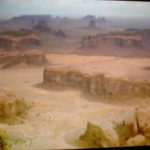
Over time, however, population increased, the place became crowded and they grew tired of doing the same old thing. One day someone introduced gambling with the board game called totolospi. Players became addicted, both men and women, girls and boys, which lasted all day and all night. Individual as well as collective responsibilities were neglected. People abandoned themselves, no one belonged to anyone else. It was total promiscuity.
Soon the game reached a point where participants no longer showed respect for each other, reaching the curse of koyaanisqatsi, or corrupted life out of balance. Even the village leader’s wife, expected to be a model of virtue and decency, also succumbed to the game. Since, in the eyes of Hopi prophecy, koyaanisqatsi engulfs an entire community and constitutes a point of no return, only a new beginning could remedy the situation.
The village leader considered consulting the Yaayapontsa, who made their home somewhere northwest of Oraibi. The Yaayapontsa are thought of as troublesome, horrid-looking creatures with shaggy hair, bodies painted with ashes, considered by some the “Wind God,” living at the foot of Sunset Crater, breathing from a great crack in the black rock. “I’ll go to them,” the village leader said to himself. “I’ll beg them to have pity. Who knows what they will do?” So he fashioned prayer feathers, four in all, daubed in red ocher. He knew exactly what was important to the Yaayapontsa. When he had finished the feathers, he smoked and prayed over them, wrapped up the paho and went to sleep.
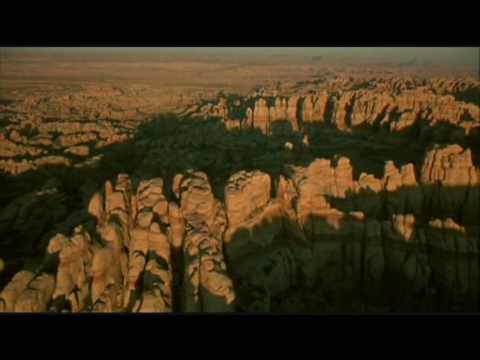
Watch this video on YouTube
Koyaanisqatsi: Life Out of Balance is a 1982 visual tone poem directed by Godfrey Reggio with music composed by Philip Glass.
Consultation with the Wind God
He set out the next day with his prayer feathers, scaled the mesa, walking the ledge past Oraibi to the home of the Yaayapontsa.
They were aware of his coming, as they bade him enter when he ascended the roof of their abode. Clutching his bag of pahos, the village leader descended the ladder to their home. He scanned their faces, realizing with shock how frightful they looked. They were extremely ugly beings, blood spattered over hair and faces. But, much to his surprise, they welcomed him. “Have a seat, stranger,” they said to him.
“Yes, thank you,” the chief replied.
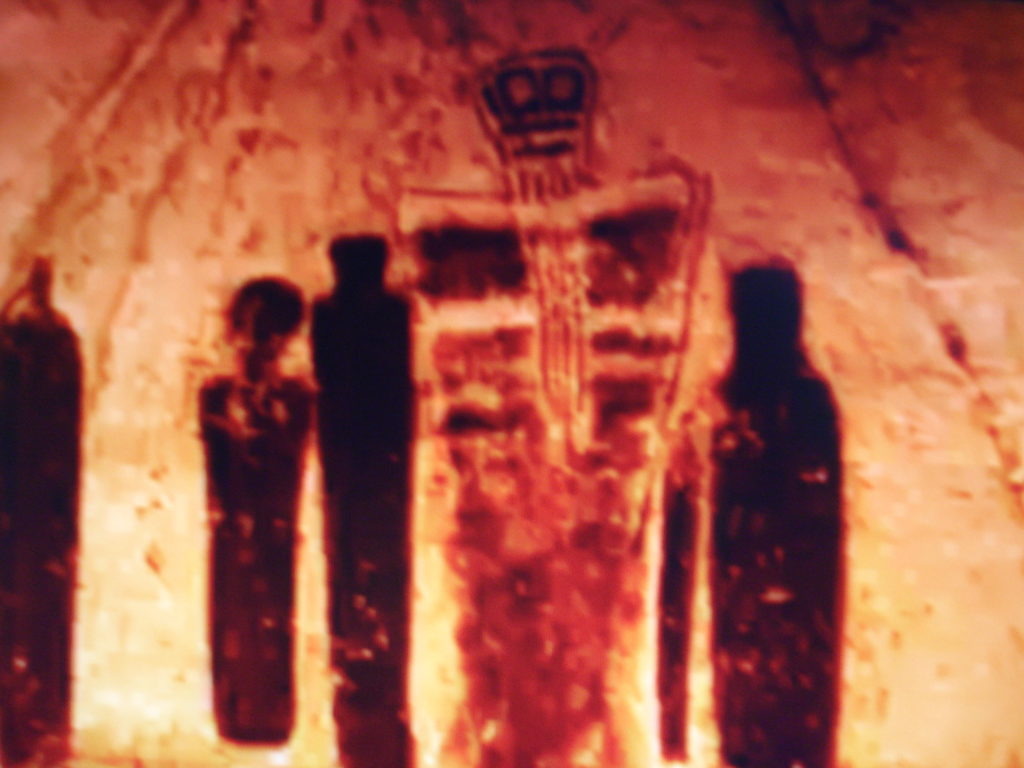

The Yaayapontsa then offered him a pipe, a long-ago custom with visitors. Then the headman spoke. “Well, you must be about for a reason. Nobody has called on us for a long time.”
“Of course,” said the chief. “My children have lost all sense of proper living. Things we need for our survival, such as crops, no longer have any meaning to them. I’m seeking a remedy to cleanse their hearts. That’s the reason for my coming,” he said to them. “They have really reached koyaanisqatsi.”
“That’s deplorable,” said the headman of the Yaayapontsa, sitting there hunched over. “If this is your heartfelt desire, we will assist you.”
The chief of Pivanhonkyapi handed his prayer feathers to the headman who was elated. “Come back tomorrow night,” the latter said. “Make some more prayer feathers, enough for all of us. Then I’ll have further instructions.”
Delighted, the Pivanhonkyapi chief returned along his tracks to home. The next morning he made the prayer feathers, coloring them red with ochre. Then he prayed over them and stashed them away.
That night he returned to the Yaayapontsa. After the smoking ritual, the chief of the Pivanhonkyapi distributed the prayer feathers. The hair of the Yaayapontsa was entangled in big, wild tufts. As each one of them received a feather, they tied them to their heads as decoration. All of the Yaayapontsa were full of joy.
Thereupon, their headman said, “There are two forces we control and have knowledge of. Wind, in particular the whirlwind, is one. The other is fire. It’s up to you now. We will employ whichever one you prefer,” he explained.
The leader from Pivanhonkyapi mulled over his decision. Finally, he said, “Use fire.”
“Agreed,” the Yaayapontsa responded. They were happy with his choice. “This is what we want you to do now,” their leader advised. “Upon your return you must advise all of the people, because they are all crazy, that there will be a dance in four days. Tell them you want all kinds of kachinas to perform.”
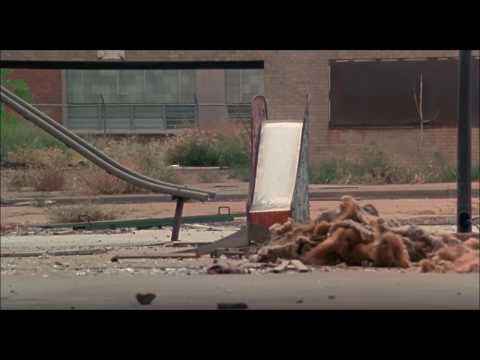
Watch this video on YouTube
Koyaanisqatsi: Life Out of Balance, Pruitt-Igoe demolition
To the Dance of the Kachinas
Kachinas are the invisible beings who only appear when summoned. They visit with good intentions, bring gifts and blessings for rain. Kachinas inhabit many different places, where springs surface, and travel by way of clouds.
“We will be there,” the Yaayapontsa headman continued, “arriving in the evening with the very last group. My people will wait their turn at a place northwest of Huk’ovi, where the gap is. There we will wait until the kachinas finish. At that time I want you to climb on your roof and wave a blanket about. At this signal, we will come,” he instructed him.
“Very well, I will do that,” said the leader of Pivanhonkyapi.
To Be Continued…
See Hopi Legend Part 2: The Yaayapontsa Dance of Fire, WilderUtopia.com.
Updated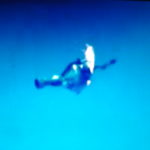

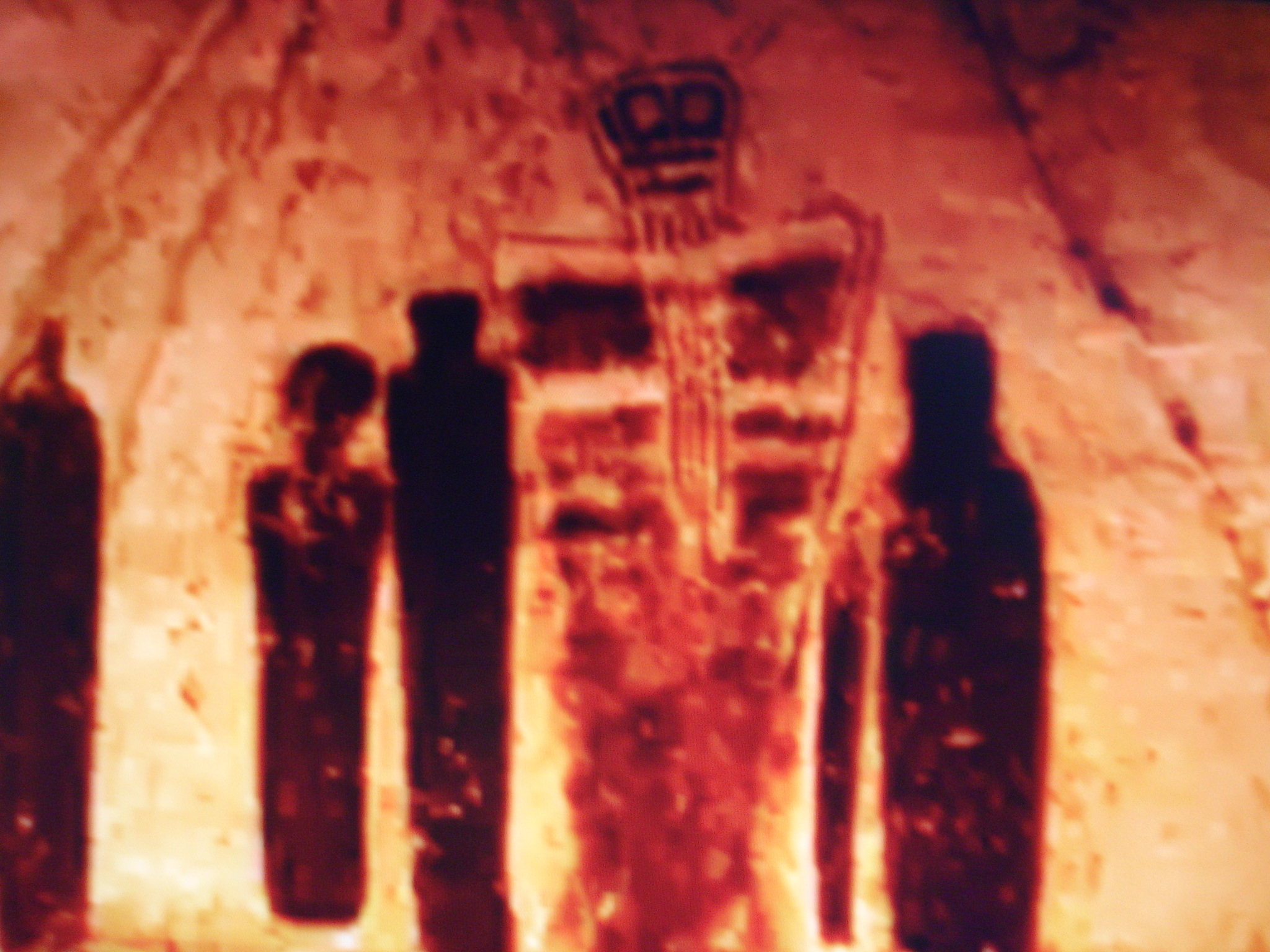

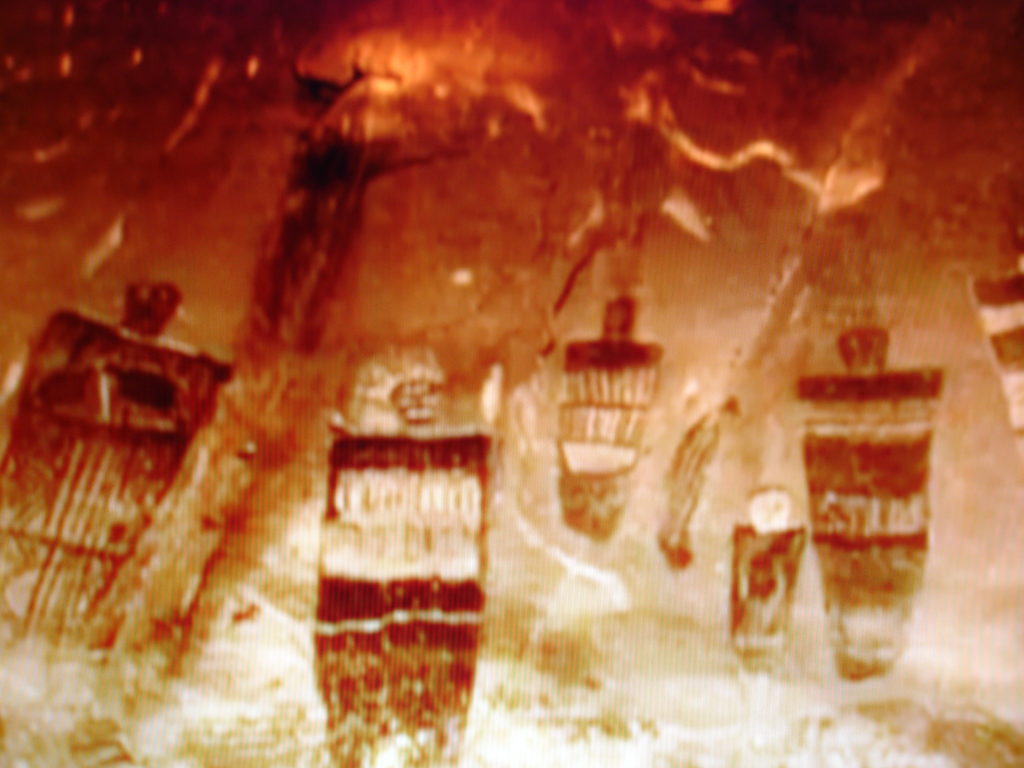







Pingback: Hopi Legend Part 2: The Yaayapontsa Dance of Fire | wilderutopia.com
Pingback: Hopi Legend: Wildfire of Purification and Old Spider Woman | WilderUtopia.com
Pingback: Soyal Ceremony: Hopi Kachinas Dance at Winter Solstice | WilderUtopia.com
Pingback: Fracking Boom Surrounds Chaco Canyon | WilderUtopia.com
Pingback: Hopi Butterfly Dance: Ceremonial Gratitude | WilderUtopia.com
Pingback: La Belle et La Bête – Natural Surrealism of a Misunderstood Beast | WilderUtopia.com
Pingback: The Mindmap Dharana (1 of the 40 limbs of boga) – The 109 Project
Pingback: Asha ten Broeke | We hebben koyaanisqatsi bereikt
Pingback: Hopi Legend Part 2: The Yaayapontsa Dance of Fire
Pingback: Kogi People’s Lesson From the Heart of the Mountain